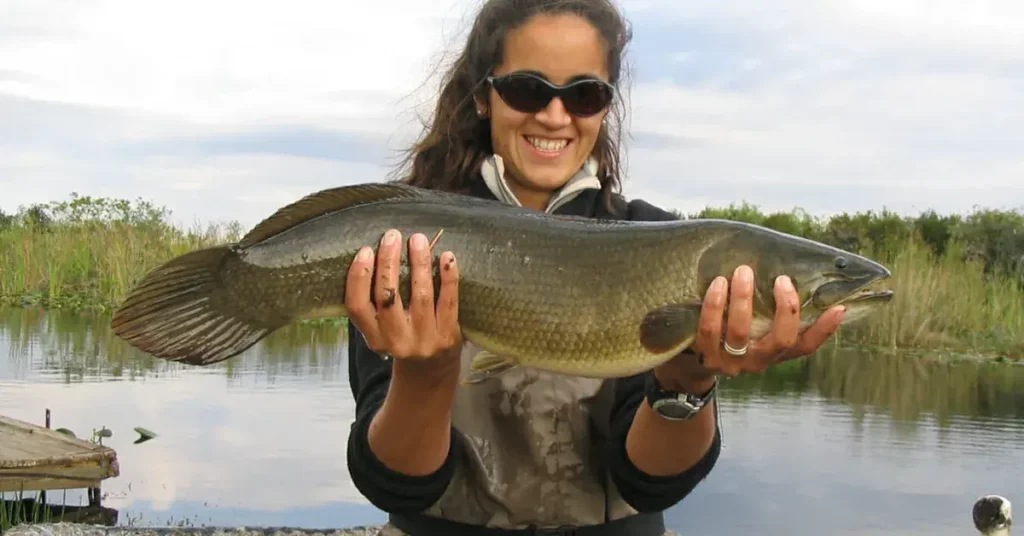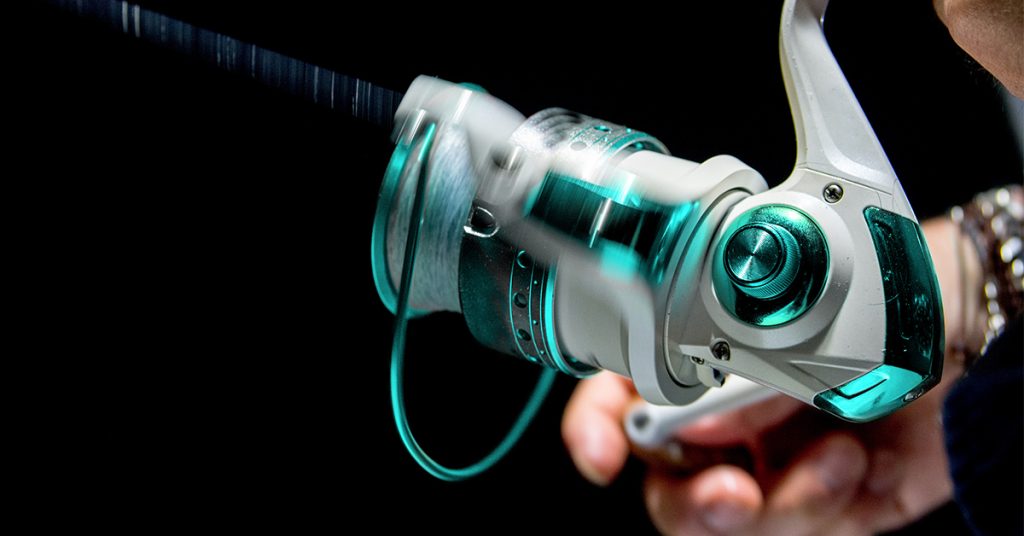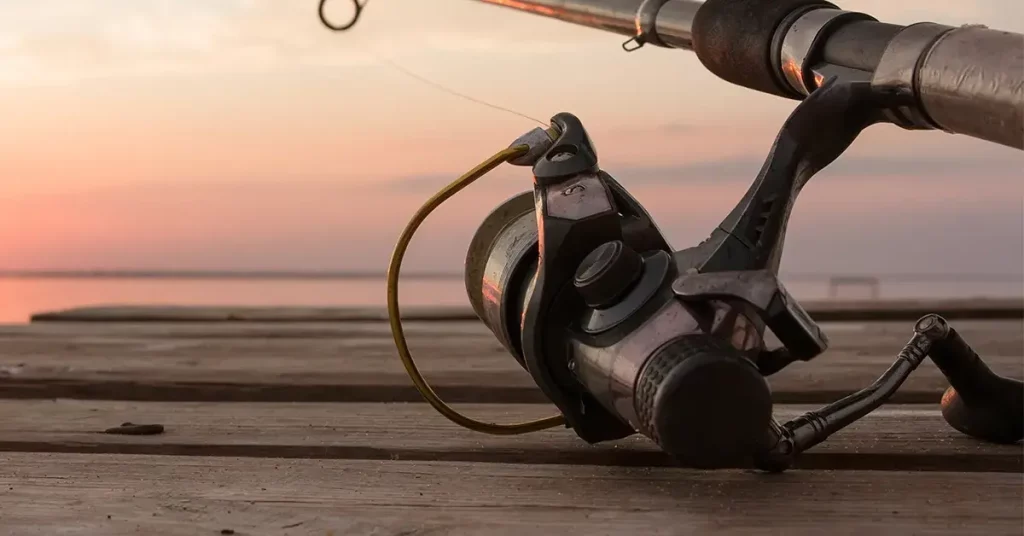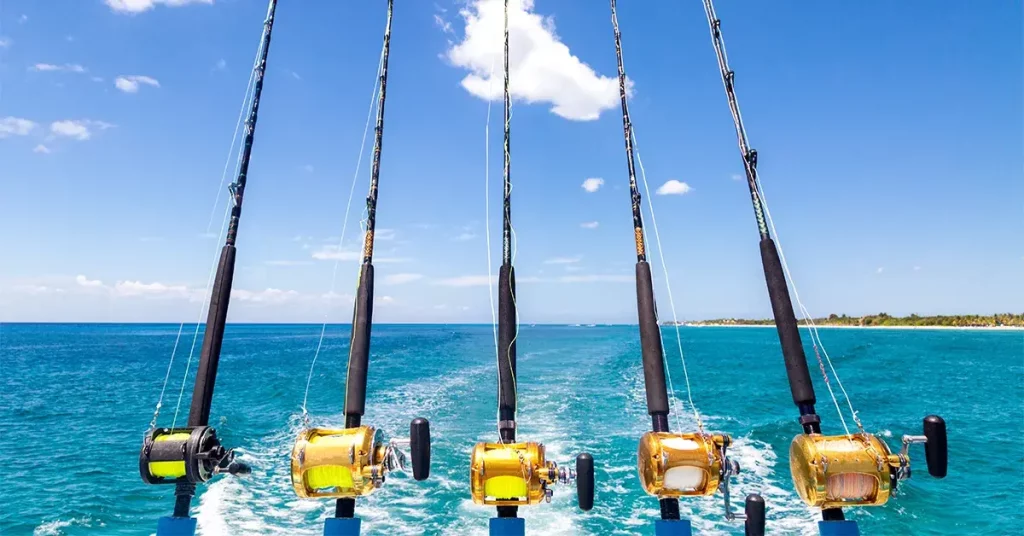Bowfin get a pretty bad rap. If you consider some of their local nicknames – mudfish, dogfish, mud pike, and swamp trout – it’s no wonder.
They really don’t deserve all that bad press though. The fact is they’re robust fighters, will bite on a wide variety of baits and lures, and despite having a reputation for doing the opposite, they help to keep local game fish populations healthy. Their aggressive nature makes them excellent targets for anglers of all skill levels.
Bowfin isn’t typically fished for its meat– but if prepared correctly they can actually be pretty tasty.
This article will break down everything you need to know to identify, locate, catch and cook these ancient freshwater predators.
What Kind of Fish is Bowfin?
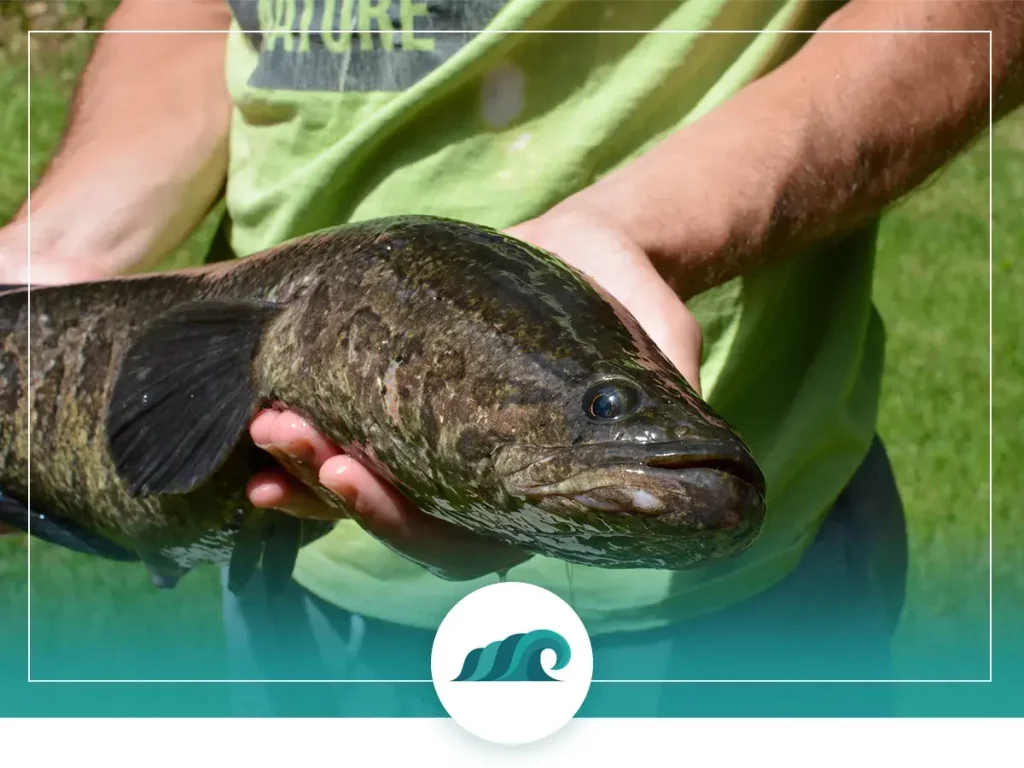
Bowfin (Amia calva) are bony fish in the Holostei infraclass found throughout much of the eastern United States and parts of Canada. They’re closely related to the gar, and are the only remaining species of the subspecies Amiiformes – which dates back to the Jurassic period. This means they’ve been around since dinosaurs roamed the earth!
They generally prefer clear, slow-moving water in lakes and rivers, and can be found feeding and spawning in the shallows and near riverbanks. Because they’re stalking, ambush style predators, they tend to hang out near weed beds and other vegetation.
Like gars, bowfin are bimodal breathers, which means they’re able to breathe in both water and air. They utilize their gills to breathe underwater and have a specialized gas bladder which allows them to breathe in air similar to a lung.
This makes them incredibly versatile in terms of habitat – they can tolerate low-oxygen aquatic environments that would kill other fish species like perch, bass or walleye. In these situations, they can actually be seen breaking the water’s surface to take a gulp of air.
Physical Characteristics
Bowfin are typically olive to brown in color, with vertical bars and dark camouflaged spots across their flanks. Their bellies are lighter white or cream colored. Bowfin dorsal fins feature long horizontal stripes, and the caudal (tail) fin has irregular vertical stripes.
Juvenile and male bowfin have a yellow-ringed eyespot near their tail, which acts to confuse predators by deflecting attacks from their head to the tail. Female bowfin typically have a smaller spot, or sometimes its absent altogether.
The name ‘bowfin’ actually comes from their extra-long dorsal fin, which extends all the way from the mid-back to the base of the tail. This fin helps them swim both forward and backward equally well, making navigating heavily vegetated areas easier.
The average length for bowfin is 20”, with females (26” – 28”) growing slightly larger than males (20” – 26”). In the wild, bowfin live to approximately 10 to 12 years old but can live up to 30 years if kept in captivity.
Interestingly, male bowfins guard their young for several months until they’re able to forage and fend for themselves.
Other notable features include thick skulls, powerful jaws, long sharp teeth, and a particularly muscular and slimy exterior. This can make handling them a challenge, so be sure to bring a pair of fishing pliers, net and fish hook remover.
Bowfin closely resembles the Northern Snakehead, which is native to China, Korea, and Eastern Russia. These fish are highly invasive in North America and can cause serious harm to native fish populations. If you catch a snakehead, don’t return it to the water or throw if on a bank (they’re air breathers and can survive outside water for days at a time) – the USGS recommends killing it by freezing or putting on ice for an extended period of time.
World Record
The world record for bowfin caught on rod and reel is 21 lbs 8 oz (9.75 Kg) caught in Forest Lake, Minnesota by Robert Harmon in 1980.
Bowfin Range
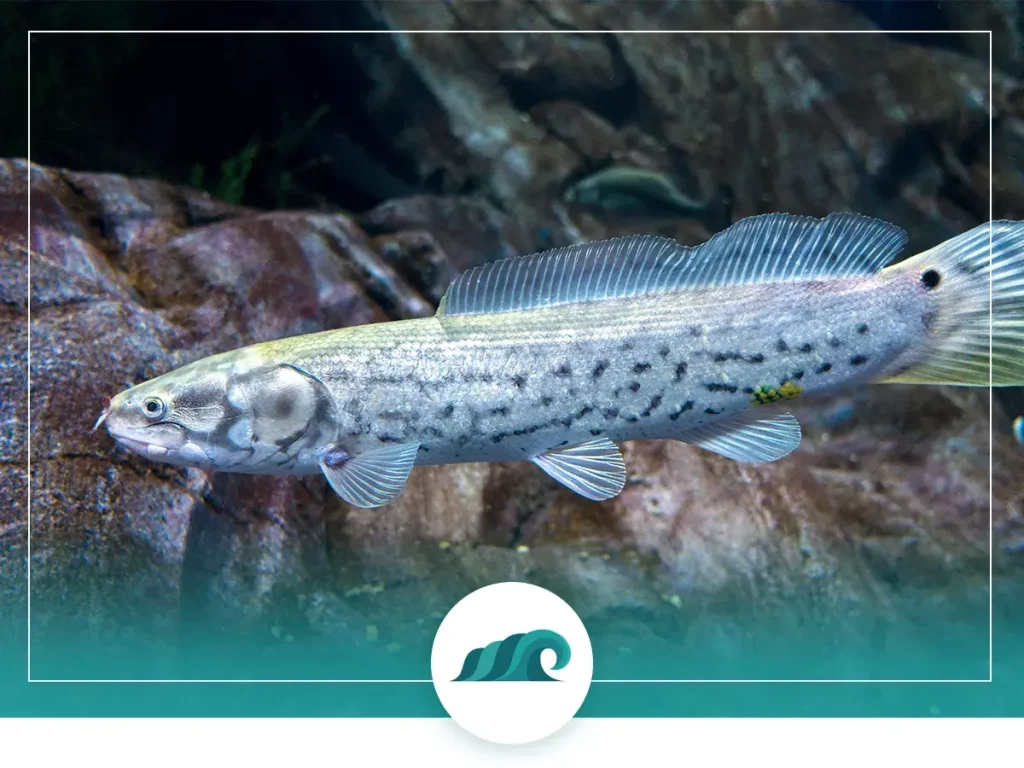
Bowfin are found in freshwater environments throughout much of the eastern United States and in southern Canada from the St. Lawrence River in Quebec to the Great Lakes in Ontario.
Their native range extends from the Mississippi River drainages in Minnesota down to the Gulf of Mexico. They can found as far south as southern Florida and the Colorado River in Texas, and are plentiful throughout most of the southern States.
From the late 1800s to the 1980s, bowfin were introduced to many non-native lakes and rivers throughout the Midwest and East Coast.
Bowfin Habitat
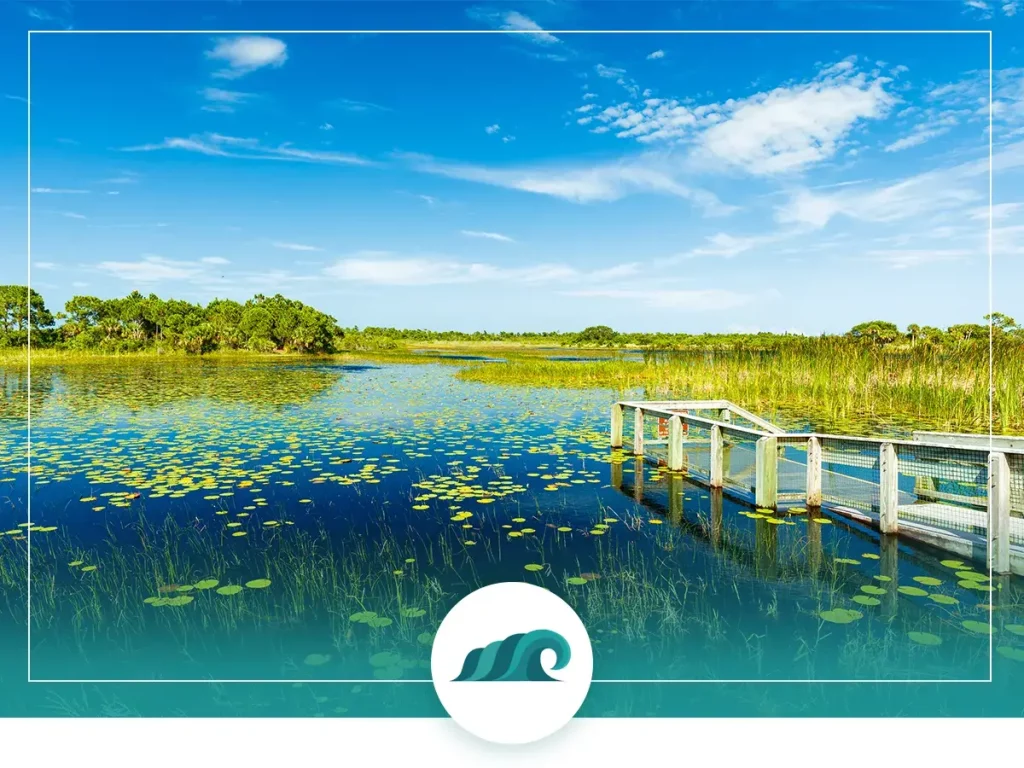
Bowfin prefer clear, slow-moving waters in a wide variety of aquatic environments like swamps, lakes, streams, ditches, and bayous. Whenever possible, they congregate in areas with thick weed beds and aquatic vegetation, using them as cover for hunting and spawning. They’re also typically found under roots and submerged logs.
In larger rivers, they tend to hang out in oxbows and backwaters, preferring to stay away from fast-moving currents. Although they prefer clear water, they can also tolerate turbid, muddy waters.
Because of their ability to gulp air on the surface, oxygen-poor environments will not kill bowfin like it would most other fish. This allows them to survive algae blooms and other environmental upheavals.
What Do Bowfin Eat?
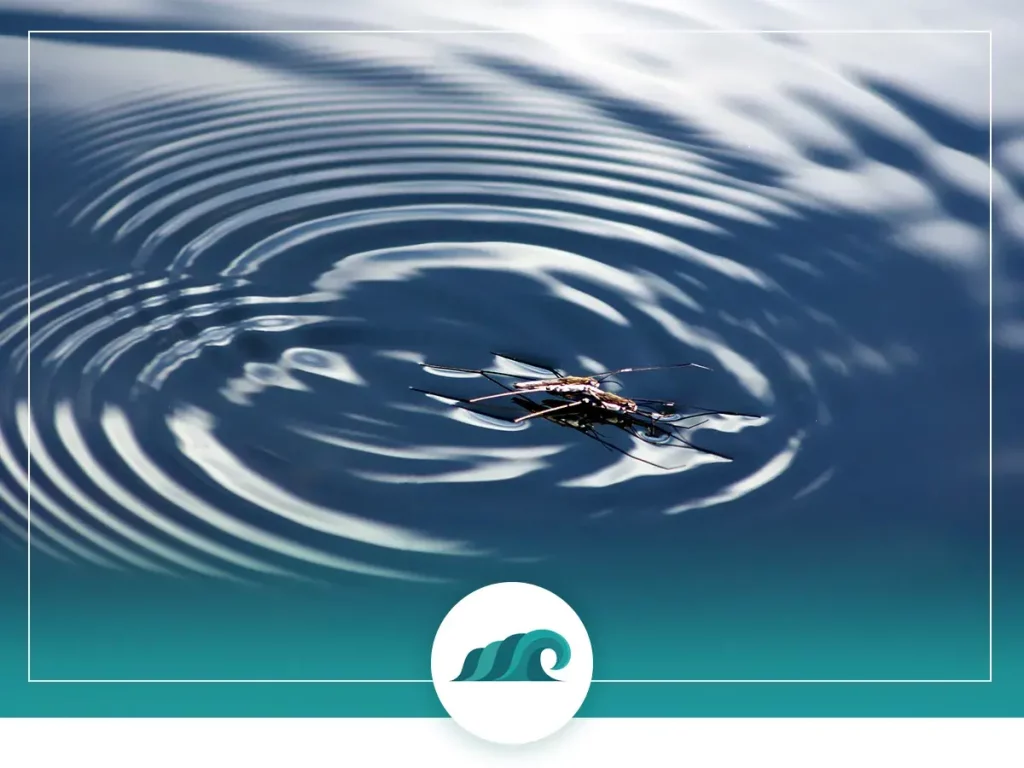
Bowfin are voracious eaters and will feed on a wide variety of fish, crustaceans, amphibians, insects, larvae and even small rodents. Adult bowfin are mostly piscivorous, but will also eat a wide variety of live or dead animals, should the opportunity present itself.
Bowfin have a reputation among some anglers as being a nuisance fish that negatively impacts local game fish populations by eating young game fish and their prey. The science shows otherwise, however, bowfin will actually eat whatever prey is most abundant in an area, which can be minnows, shad, crustaceans or game fish.
This acts to prevent overpopulation of one fish species – which can lead to stunting in game fish like bass and trout.
Young bowfin will feed on small crustaceans and insect larvae until they reach the juvenile stage, at which point they switch to a more fish based diet.
Interestingly, bowfin are able to survive for long periods of time without feeding. A 1916 study starved a bowfin in an aquarium tank for 20 months and it was able to survive without any apparent long term damage.
How to Catch Bowfin
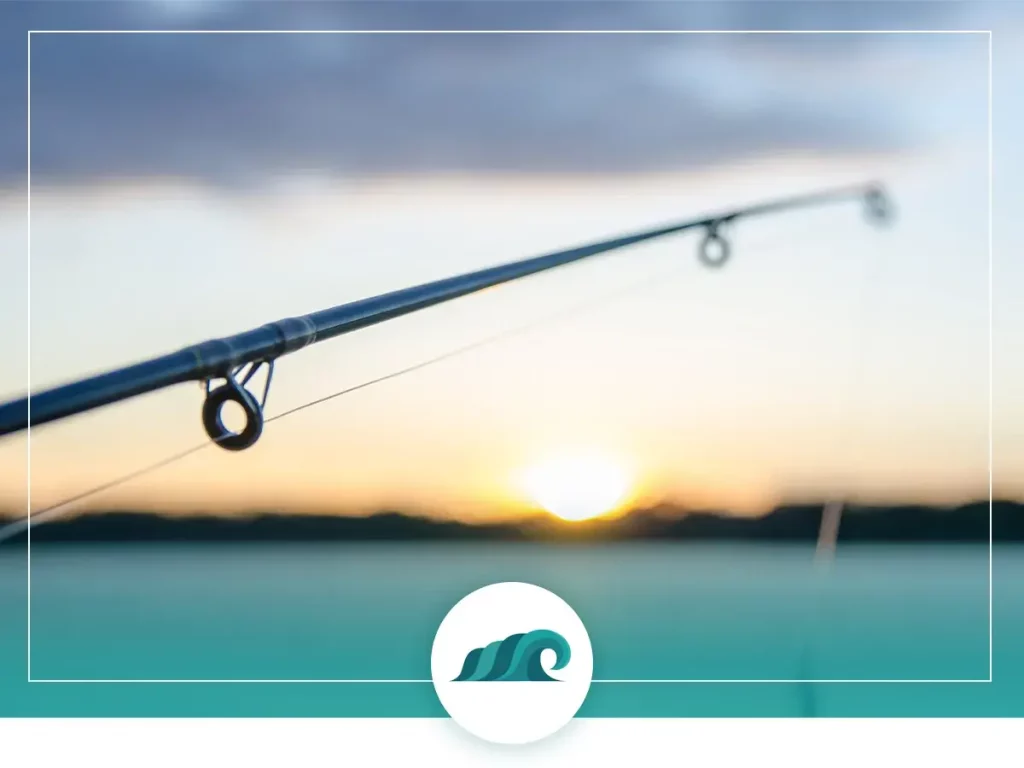
Successfully fishing for bowfin is all about locating them. As they’re fairly aggressive, once you’ve found them they can be caught using a variety of baits/lures and techniques. Bowfin will strike both topwater and subsurface presentations with gusto, so there’s no need to be picky with your tackle.
Where to find bowfin?
Start looking for bowfin in calm, heavily weeded areas like river backwaters or bogs. They typically hang out in waters less than four feet deep, so a depth finder can come in handy to zero in on them.
Like gar, they can be spotted gulping air on the surface, especially in hot temperatures. If the water is especially clear, you can actually spot them hanging out in the shallows by sight.
Because they prey on baitfish as well as juvenile gamefish, if you locate an area with plenty of minnows, perch or bullhead, odds are good that you’ll find bowfin nearby.
Bowfin Fishing Tips and Techniques
Bowfin are notoriously strong fighters – some anglers refer to them as the freshwater ‘junkyard dog’. Pound for pound they’re probably the scrappiest freshwater fish there is. They have a tendency to grab your bait and take off like a jet in search of the nearest weedy cover to swallow it, so be sure to let the fish run for 5 to 10 seconds before setting the hook.
They also twist, turn, and jump wildly once hooked, so be prepared for a real battle. If you’re lucky enough to hook one in the 10-pound range, you’ll be in for an excellent fight.
Depending on the bowfin’s mood, you may have to agitate them a bit to get them to bite. Loudly flopping your bait right in front of them can help entice a bite.
With their muscular bodies, powerful jaws, and sharp teeth, landing your catch can present a challenge in itself. Make sure to bring a fish gripper and a good pair of fishing pliers/hook remover!
Similar to muskie and northern pike, bowfin have razor sharp teeth capable of slicing through standard mono or braided line like butter. This makes using a steel leader a must.
Keep in mind that bowfin have notoriously tough jaws and skulls. Penetrating their lips requires a strong, sharp hook with a long shank – so make sure to sharpen your hooks before targeting these fish.
Bowfin Fishing Rigs

You’ll need a pretty sturdy setup when targeting bowfin. As they’re notorious for wrecking and stealing bass fishing lures, you may need to beef up your tackle when going after these living dinosaurs!
Best Bait and Lures for Bowfin
Bowfin will bite at a wide variety of bait – both alive and dead. Popular choices are crayfish, shrimp, nightcrawlers or any other small fish like minnows or shad. Larval salamanders are also popular.
They’ll snap at topwater baits, baits near the bottom, or bait suspended in the water column with a bobber. If you’re floating bait, try to keep it a foot or so above the bottom.
When it comes to artificial lures, bowfin will go for any typical bass fishing lures like crankbaits, spinners, weedless spoons and minnow jigs. Keep in mind that bowfin have a nasty set of teeth – and a tendency to destroy soft plastics. Stick to metallic lures if you don’t want your lures destroyed.
A popular topwater lure for targeting bowfin is the Rebel Jumpin’ Minnow Fishing Lure in bone white.
Topwater frogs can also work well – particularly in shallow, weedy conditions. Check out the weedless Booyah Bait Company Pad Crasher for some exciting topwater action.
Best Hooks for Bowfin Fishing
As mentioned previously, bowfin jaws and lips are particularly tough to penetrate, so you’ll want to make sure your hooks are up to the task. Bigger hooks will hold up better than smaller ones, and since bowfin won’t shy away from larger bait presentations, don’t be afraid to beef up.
While it’s certainly debatable, circle hooks will generally work better than J-hooks. Sizes 3 to 3/0 are all good options.
Whatever hooks you use, make sure they’re sharpened to a point. A well-sharpened hook will make setting the hook much easier – allowing you to catch more fish.
Bowfin Rod and Reel
A stiff, medium to medium-heavy rod in the 6 to 7-foot length is a good place to start when going after bowfin. Bass and walleye rods designed for frogging and casting heavier baits will work well.
Stiffness helps with the forceful set you need when penetrating the bowfin’s hard mouth, as well as muscling the fish away from cover.
A good rod choice is the medium, 6-foot UglyStik GX2 Casting Rod.
As far as reels go, a baitcasting reel will give you more accuracy and allow you to cast heavier lures and baits. A good option for bowfin would be the Abu Garcia Ambassadeur C3 Round Reel.
Best Fishing Line for Bowfin
Most anglers like to use 20 to 30-pound braided line when fishing for bowfin. This should give you enough heft to handle even the nastiest bowfin out there. Braided line’s lack of stretch helps with setting the hook – and its durability makes it ideal for using around rocky, snaggy environments.
Attaching a 1 to 2 foot steel or titanium leader will prevent bowfin from tearing through your line and stealing your bait or lure. Check out the Mimilure Fishing line Wire Leader for a versatile vinyl coated steel wire solution.
Can You Eat Bowfin?
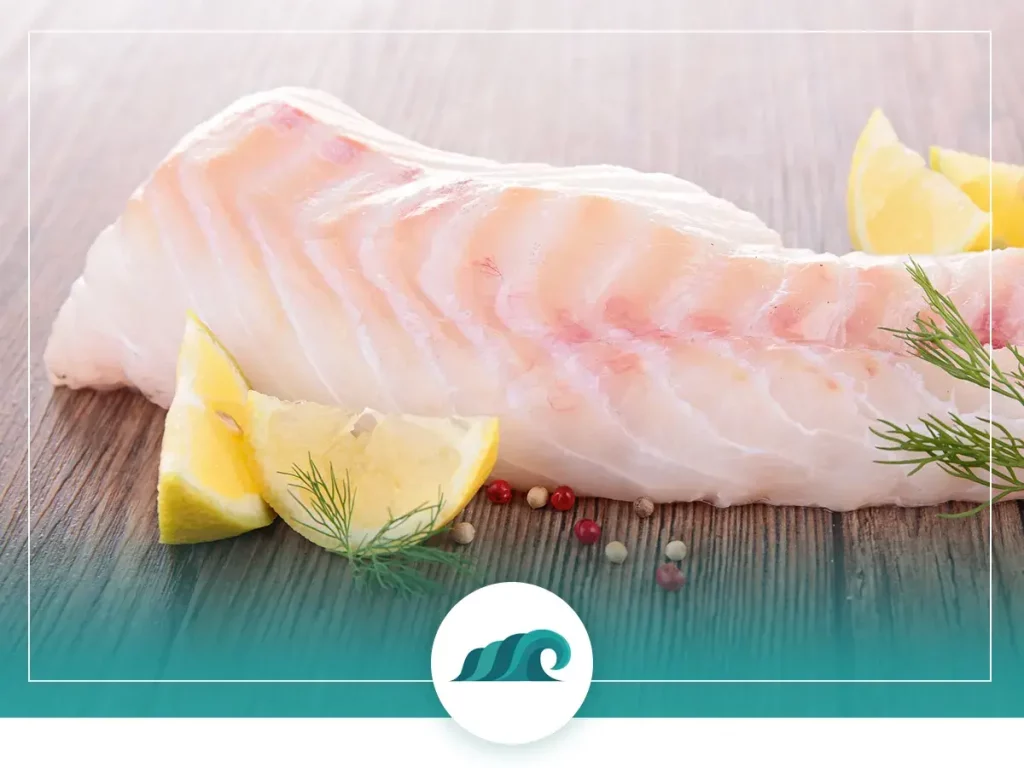
While many anglers consider bowfin to be ‘trash fish’ and not worthy of table fare, they can actually be pretty tasty if prepared correctly.
The key to preparing bowfin is cooking and eating it when it’s as fresh as possible. Ideally, you’d want to cook and eat it within a few hours of catching. The reason being bowfin flesh will start to go mushy and deteriorate if left for too long.
I’ve tried bowfin several times and while it’s not my favorite freshwater fish to eat, I wouldn’t hesitate to keep one.
It also won’t hold up well to freezing, so it’s best to eat when fresh.
Bowfin is ideal for breading and frying, as well as making deep fried fish patties (called boullettes in Cajun country).
How to Fillet a Bowfin
Filleting bowfin can be a little difficult. Check out this detailed video for an in-depth guide on cleaning and filleting a bowfin.
Bowfin Recipe
Ingredients:
- 3 cups bowfin meat
- 1 cup prepared mashed potatoes
- 1 egg lightly scrambled
- 1/4 cup white onion
- 1/2 cup chopped fine green onions (scallions)
- 1/4 cup flour
- 1/4 cup parsley
- Salt and cayenne to taste
- 4 tablespoon flour
- Oil for frying
Directions:
- Combine all ingredients with the exception of the 4 tablespoon flour and oil.
- Pat hand with the 4 tablespoon flour and roll into egg size balls.
- Refrigerate for one hour.
- Fry until golden; garnish with parsley.

